
Performance Tyres: The Ultimate Guide
Despite what you may believe, all tyres aren’t the same. Construction, rubber formulas, and adhesive properties greatly vary from tyre to tyre and among different brands. As such, there are specific types of tyres for specific uses. Today, we’re going to be discussing the most fun of the bunch: the performance tyre.
Whether you’re driving a RM250,000 Hyundai Veloster N, a RM480,000 Porsche Taycan Turbo S, or an RM2million Bugatti Chiron, you’re riding on performance tyres. Across the spectrum of sports-tuned automobiles, the most effective tyre to put down power is the performance tyre as it has greater adhesive properties. They’re also the most expensive.
But even delving into the world of performance tyres has its nuances. To better inform your next tyre purchase, Klinikar’s crack informational team is here to walk you through the types of performance tyres, how they work, and answer some of your other burning questions.
Ladies and gentlemen, let’s kick the tyres and light the fires!
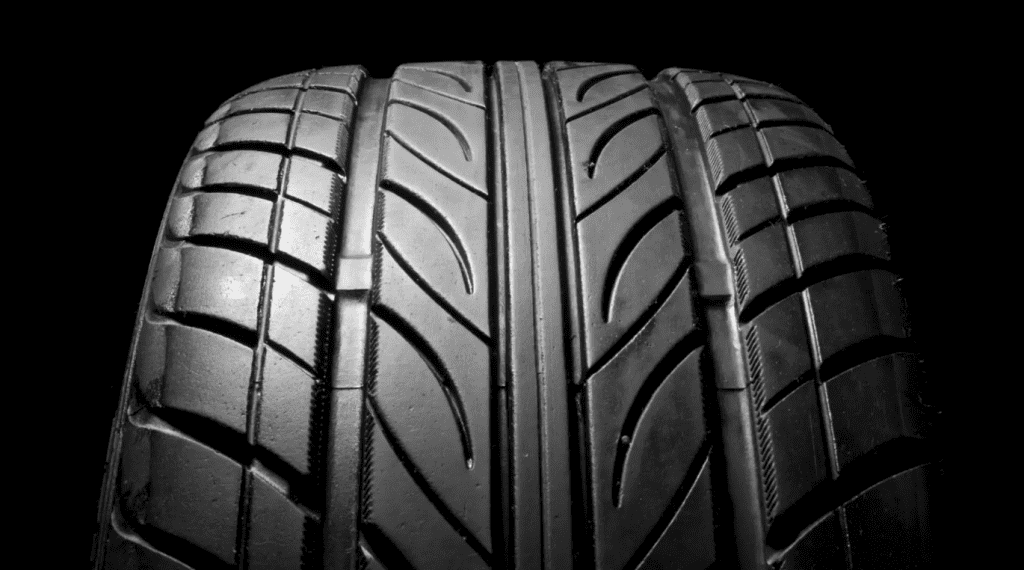
What Are Performance Tyres?
A performance tyre is a type of tyre with a blend of increased adhesive properties, accomplished through the chemical nature of the tyre’s rubber compounds and its tread design, intended for performance vehicles. These specially crafted designs increase the tyres’ responsiveness, handling, and traction.
There are, however, different grades of performance tyres. While each manufacturer has its own name for the grades, they can be broken down into three distinct categories: Performance (good performance), Summer Performance (better performance), and R-Compound (best performance). Let’s break them down.
Types of Performance Tyres
PERFORMANCE
Performance tyres are designed to be used in dry and damp conditions, not wet or snowy. Their treadwear balances the life of the tyre and handling for longer-lasting performance but are not intended for repeated enthusiast abuse.
Toyo’s Proxes series is a good example of a Performance-grade tyre.
SUMMER PERFORMANCE
Summer performance tyres are designed to be used strictly in dry conditions. Due to the tire’s tread design and compound formula, damp, wet, or snowy conditions would make for unsafe driving conditions. Summer performance tires trade longevity for performance and offer drivers further enhanced handling, responsiveness, and grip. However, they will need to be replaced sooner.
Michelin’s Pilot Sport 4S series is a good example of a Summer Extreme Performance tyre.
R-COMPOUND
R-compound tyres are a step under race-spec slick tyres. These tyres offer the most responsiveness and grip of any street-legal tyre with a tread design that resembles semi-slick tyres and a rubber compound formula that is far stickier than other performance tyre types. These tyres live for extreme performance and will wear out very quickly if used repeatedly.
Pirelli’s P Zero Trofeo R is a good example of an R-Compound tyre.
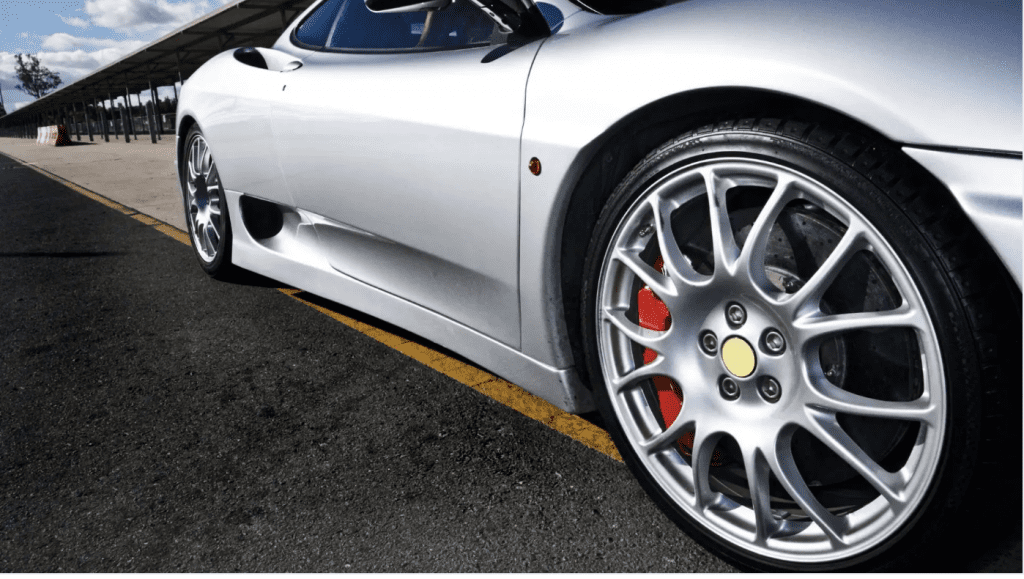
What Damages Performance Tyres?
Damage can occur to performance tyres in all the same ways any other tyre can be damaged, including road debris, punctures, and slashes. However, because of the performance tyre’s trade-off between life and performance, heavy or daily use will lead to degeneration of the tyre faster than other types of tyres.
How Long Are Performance Tyres Good For?
Tyre longevity will depend on which performance grade you select, with Performance offering around 60,000 KM Summer Performance offering 45,000 KM, and R-Compounds offering about 28,000-42,000 KM.
Another factor to consider is use. The more you use and abuse your performance tyres, the faster they’ll wear out. Scroll down to determine if your performance tyres need replacing.
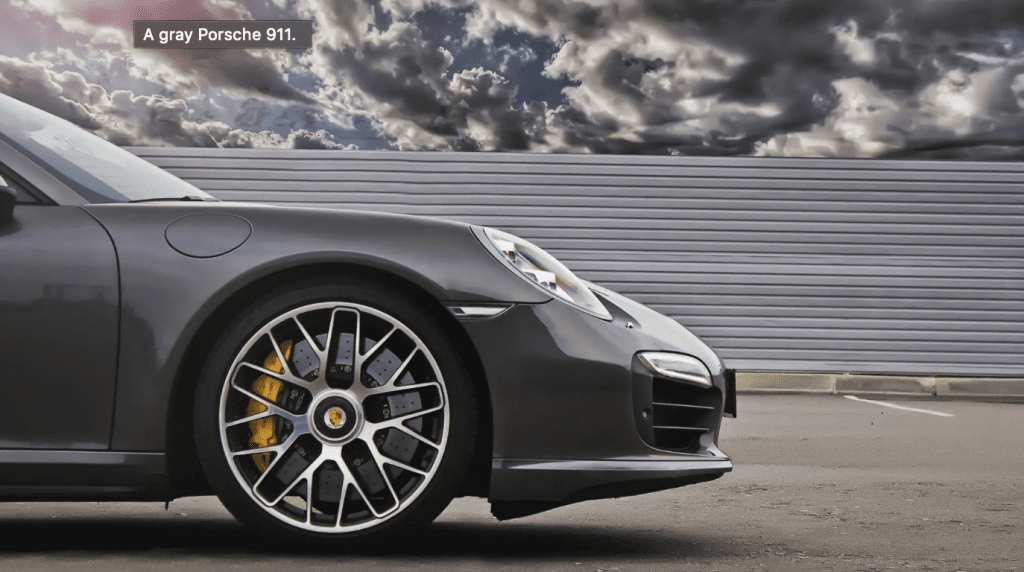
Are My Tyres Worn Out?
Here at Klinikar.com, we’ve come up with a handy-dandy tyre health checklist that you can easily follow. Below is everything you’ll need to make sure your tyres are safe to use.
Tyre Health Checklist
A lot can go wrong with a tyre, so it’s important to constantly check that it’s up to snuff. Look for and be aware of these factors when examining the health of your tyres:
- Pressure: Measured in pounds per square inch (PSI), this refers to the air pressure inside the tyres.
- Tread depth: This refers to how deep the exterior ridges of the tyre are.
- Punctures: Check for anything that has penetrated the tyre that could cause air to leak out.
- Cracks/dry-rotting: Look for cracks or splits in the tyre. If found, the tyre is not safe for driving and should be replaced immediately.
- Over/under inflation: Inflating a tyre with too much or too little air will cause uneven tread wear and will detract from its full performance capabilities.
- Balance: The mass distribution of tyres needs to be even and balanced in order to function properly.
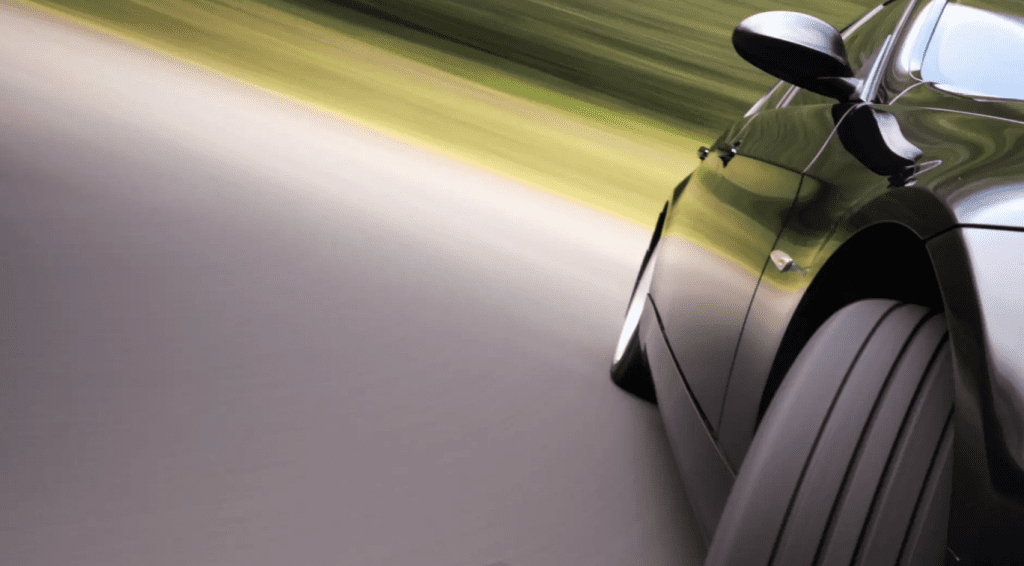
FAQ About Performance Tyres
You’ve got questions, Klinikar’s informational team has answers!
How Often Do You Need to Rotate Your Tyres?
As a general rule, we recommend every 5,000-7,000 KM, but it depends on numerous factors, including your car’s alignment and how hard you push your performance tyres on the street and track.
How Often Does Your Car Need an Alignment?
Should you notice any inconsistencies with steering or your car’s tyre wear patterns, get your alignment checked as soon as possible. If not, a safe and reliable rule is to have it checked once a year.
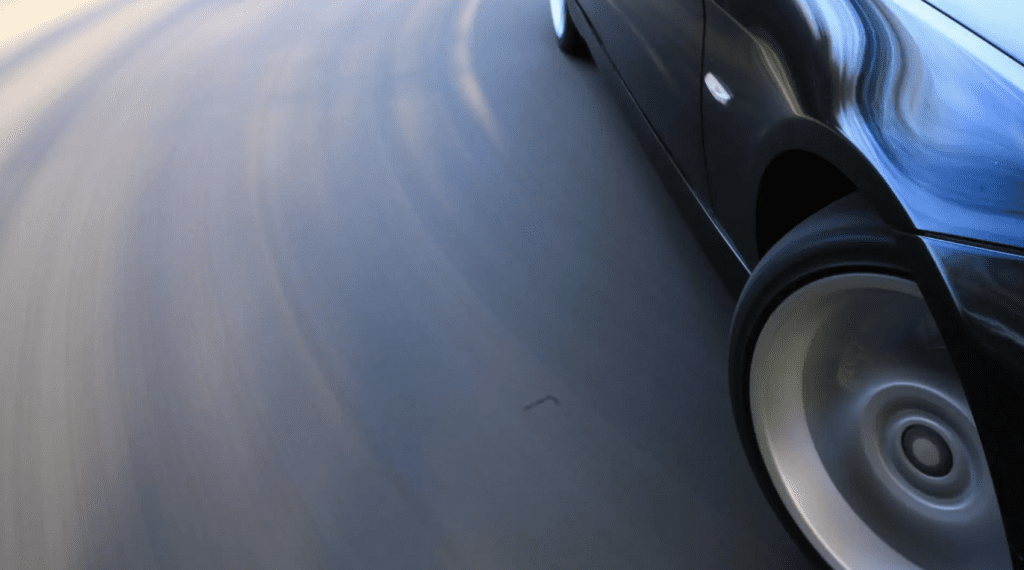
How Often Should You Put Air in Your Tyres?
It’s not a bad idea to do an eyeball test any time you get in the car. For further inspection, use a tyre pressure gauge once a week or once a month to check your tyres. It only takes a few minutes and could save you time, money, and your own health in the future.
Can I Use A Spare Tyre On a Day-to-Day Basis?
We do not recommend that you use a spare tyre on a daily basis. Most spares are only designed to be used in case of an emergency such as after getting a puncture or delamination. Klinikar’s informational team recommends that you replace the damaged tyre as soon as possible and stop driving on your spare.
Find the Right Tyres With Klinikar.com
Listen, we know how hard it can be to pick the right tyre. Between the word-jumble that are tyre specifications, as well as the tyre manufacturer’s names for tyres that never just say what they are, it can be a pain and you might end up with the wrong shoes for your ride. Klinikar.com take the headache out of tyre shopping. All you have to do is click here.

